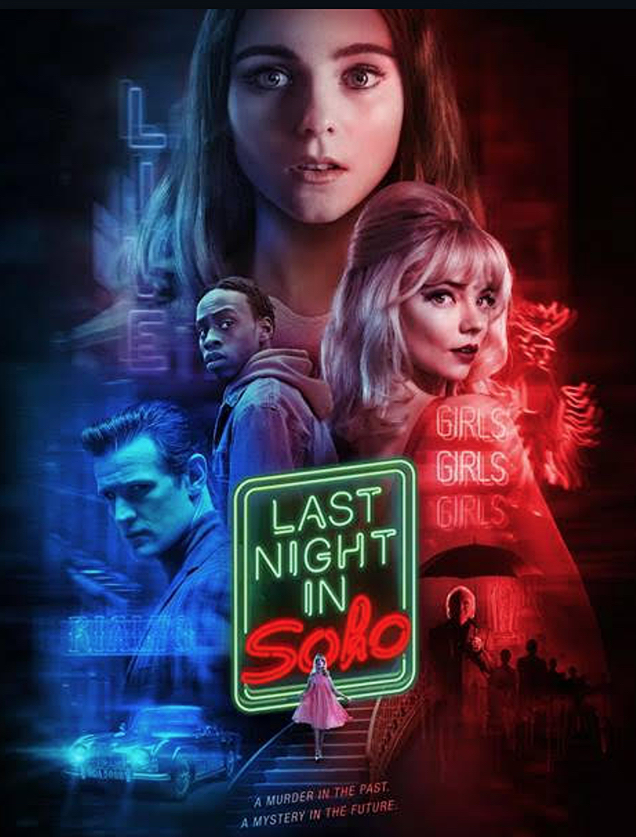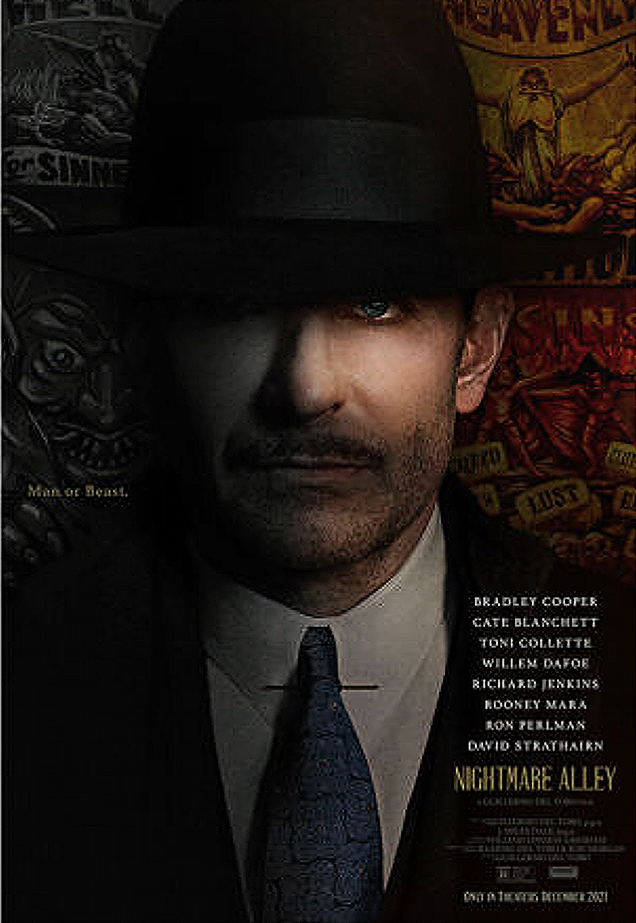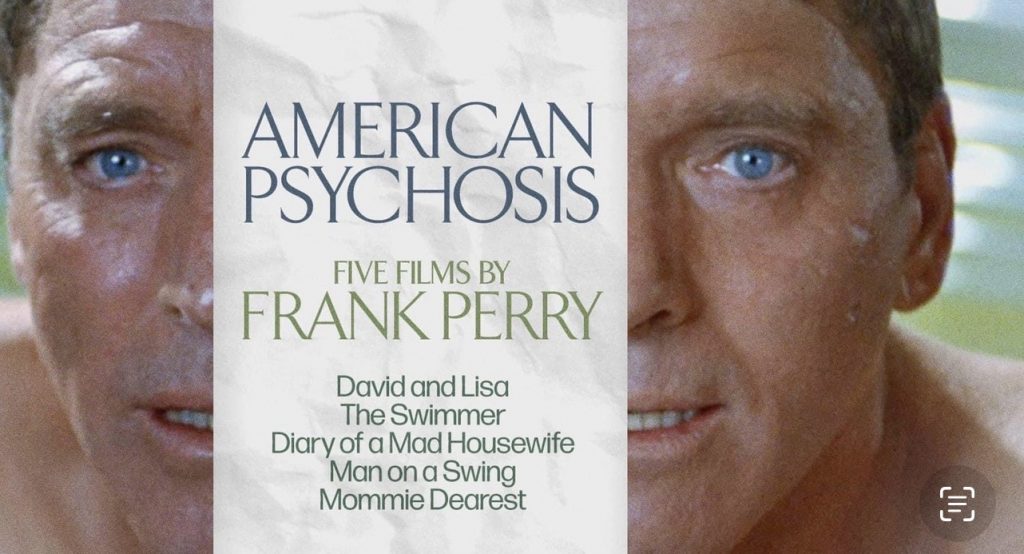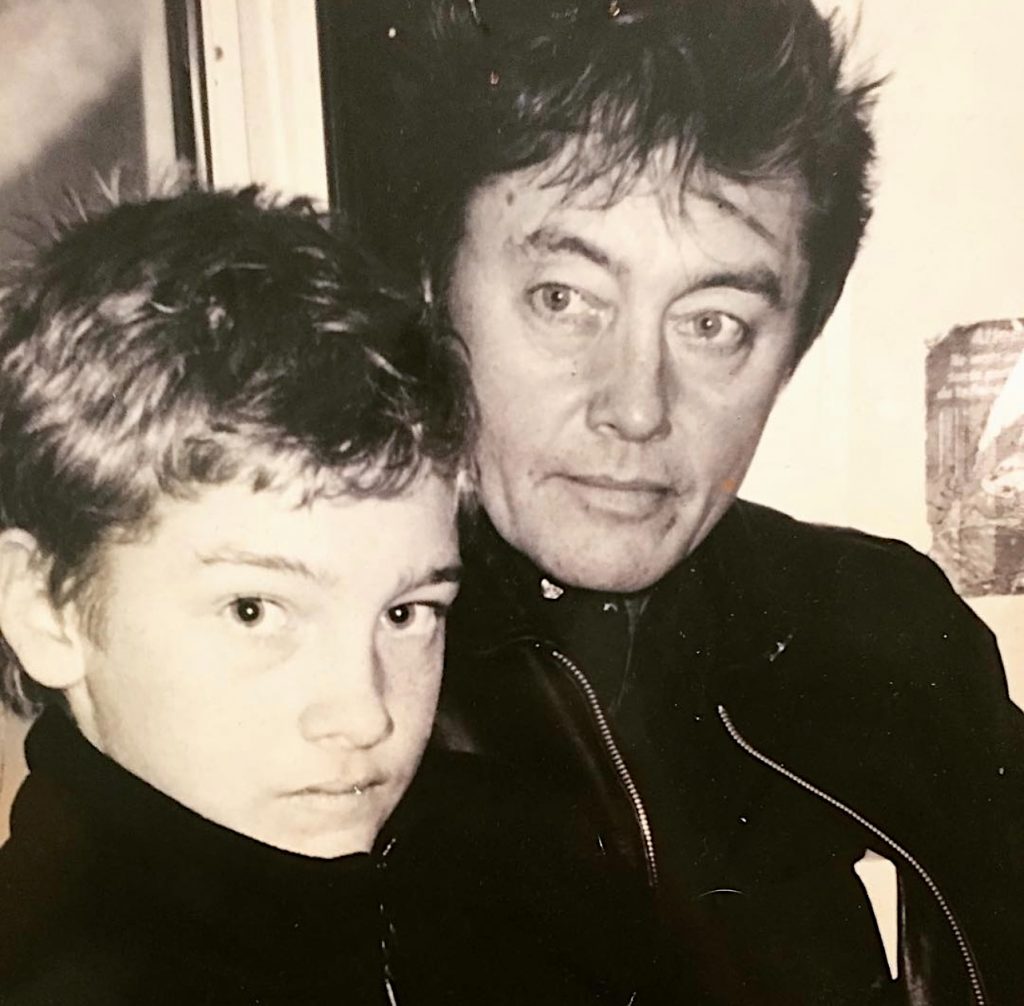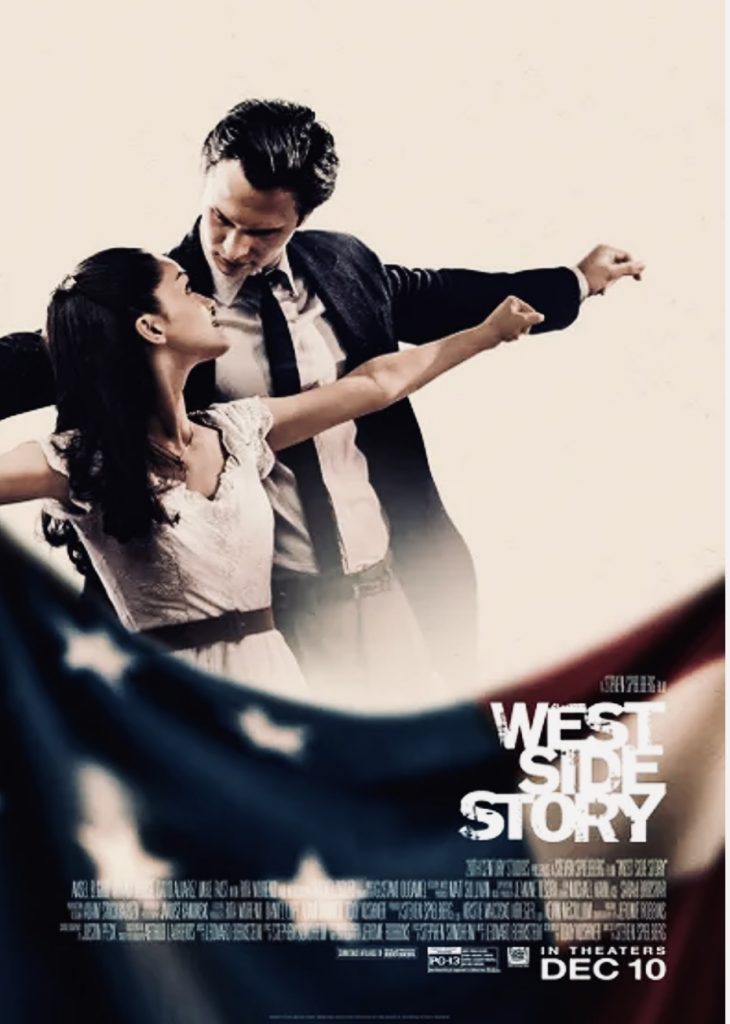I’m not saying all high-school girls are fickle and flighty, but a lot of them are. Or they were, at least, when I was an awkward, insecure WASP schlemiel.
I’ve mentioned this once or twice before, but in my senior year I had it bad for a luminous Irish blonde named Sally Jo Quinn. Short, slender, magnificent blue eyes, straight blonde hair, smallish feet, slender hands with chewed nails. No dad at home; just her single mom who worked as an administrative something-or-other at the high school. I can’t recall if the parents had divorced or if the father had died or what.
Anyway Sally had several concurrent boyfriends. I was fourth in line, I gradually learned. (Or was I fifth?) The others included a football jock (since deceased), a wealthy man’s son from Ridgefield (dead from drug overdose) and a local cop in his mid to late 20s. I was strictly backup. Scraps, leftovers. For someone already beset with low self-esteem, this situation fit perfectly.
Flash forward to the mid ’80s, when I had a brief thing with an extremely dishy lady who was dealing with an unstable ex. So unstable, in fact, that when I visited her one night he called up and came over and rang the bell (she told me to ignore him) and then started pacing back and forth on the front lawn, calling out to her and talking to himself and generally creating a neighborhood spectacle.
Girls sometimes choose badly, some guys can’t handle rejection, and sometimes you have to put up your dukes.
It did occur to me as this psychodrama was unfolding, of course, that anyone with a looney-tunes ex might be a little screwy themselves, or might be a little dishonest or manipulative or flaky. You are who you go out with.
This ex-boyfriend episode wasn’t enough to put me off (she was beautiful and curvaceous and breathtaking in bed), but it did give me pause. I know that if she’d had two ex-boyfriends knocking on the door I would have said “wow, this is really weird” and “something isn’t right.” And if she’d had three guys pleading for forgiveness and restitution I would have said “okay, she obviously likes guys fighting for her affections” and taken a hike.
